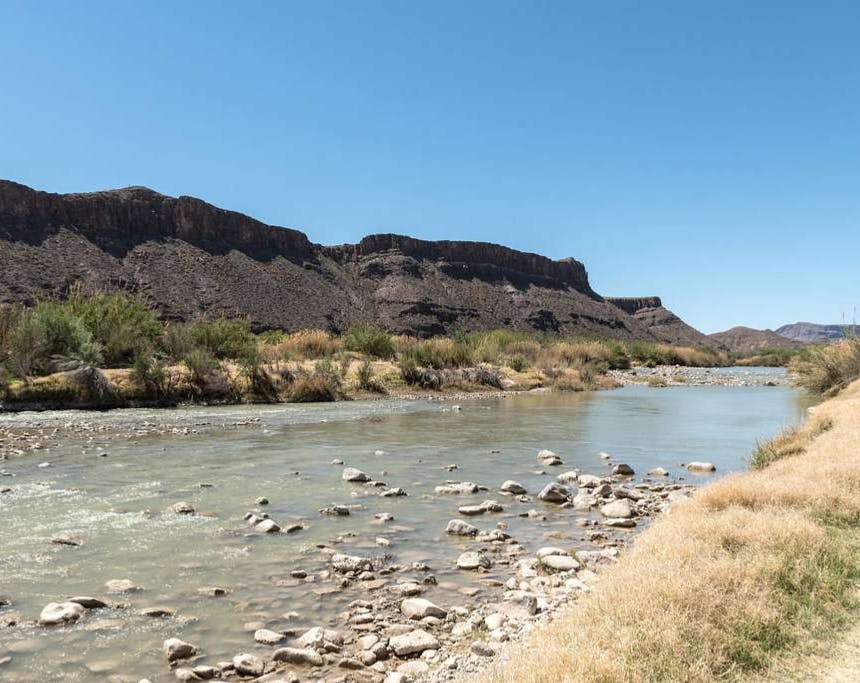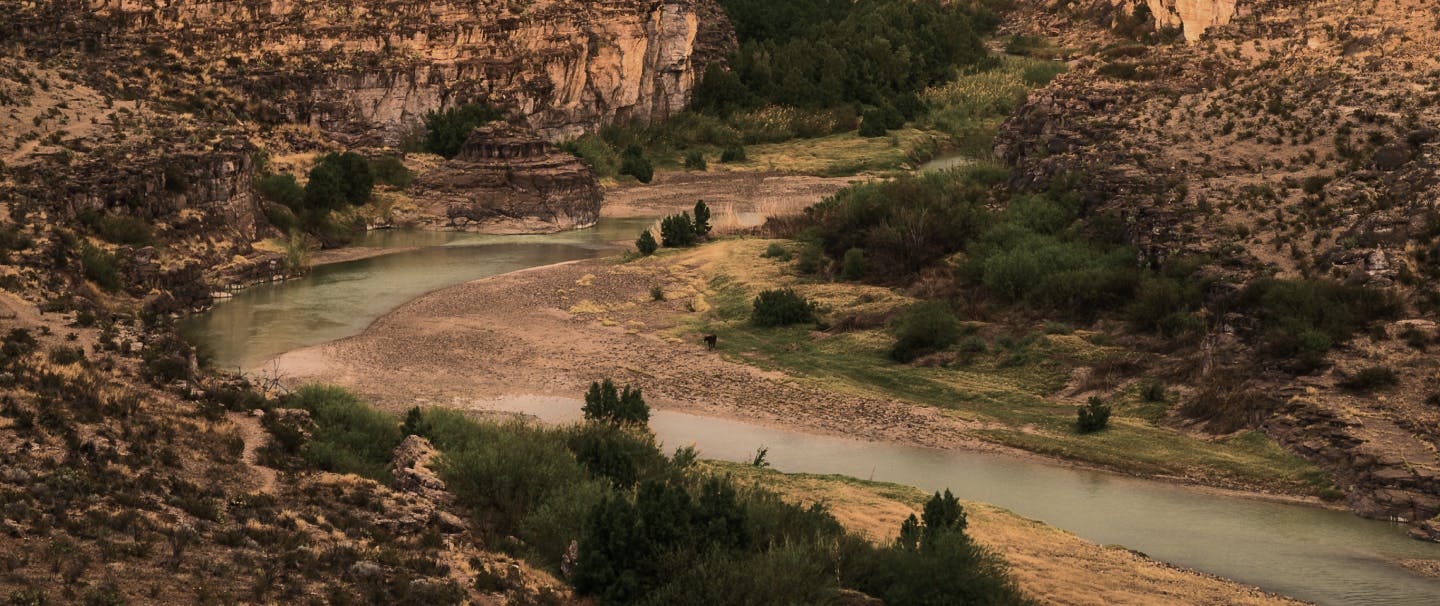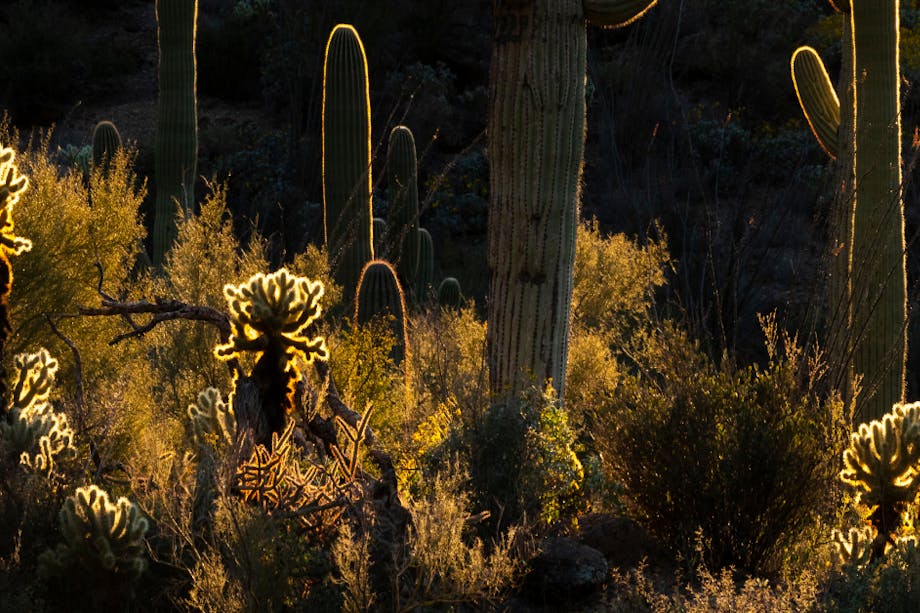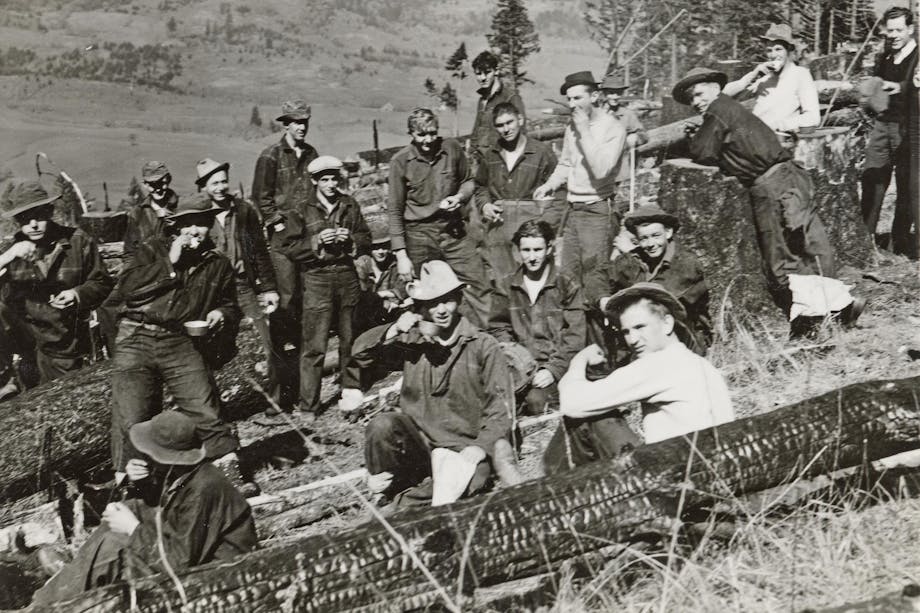“THE ONLY PLACE THE RIO GRANDE FLOWS WILD AND FREE IS WHERE IT DROPS FROM THE SNOWFIELDS OF STONEY PASS INTO THE RIO GRANDE RESERVOIR. UP AT 12,500 FEET ON THE EAST SIDE OF THE SAN JUAN MOUNTAINS OF SOUTHERN COLORADO, WHERE THE LACK OF OXYGEN CAN MAKE EVEN HEALTHY PEOPLE VOMIT, THE RIVER GETS TO CHOOSE ITS OWN PATH.” – Colin McDonald, Disappearing Rio Grande

“Once the river drops below 9,449 feet, it is under the control of the Rio Grande Reservoir. From there to the Gulf of Mexico, every drop is controlled and regulated by dams, levees, pumps, treaties, compacts, and contracts. The ice-cold water cascading down the mountains in July will likely never reach the sea. It will evaporate via crops, lawns, and the surface of reservoirs before it has a chance to leave New Mexico.
In 2014, I followed the 1,900-mile-long river course from source to sea by foot, kayak, and canoe. I thought I was going to see and write about the impact of climate change. The river cuts through some of the most climate-altered landscapes in the U.S. The average temperature rose 2°F from 1901 to 2010. The wildfires are getting bigger, along with the droughts. Pine beetles have rendered forests into landscapes of brown posts. The water supply is going down, while demand is going up. Federal climate models call for another 4- to 6-degree increase by the end of this century.
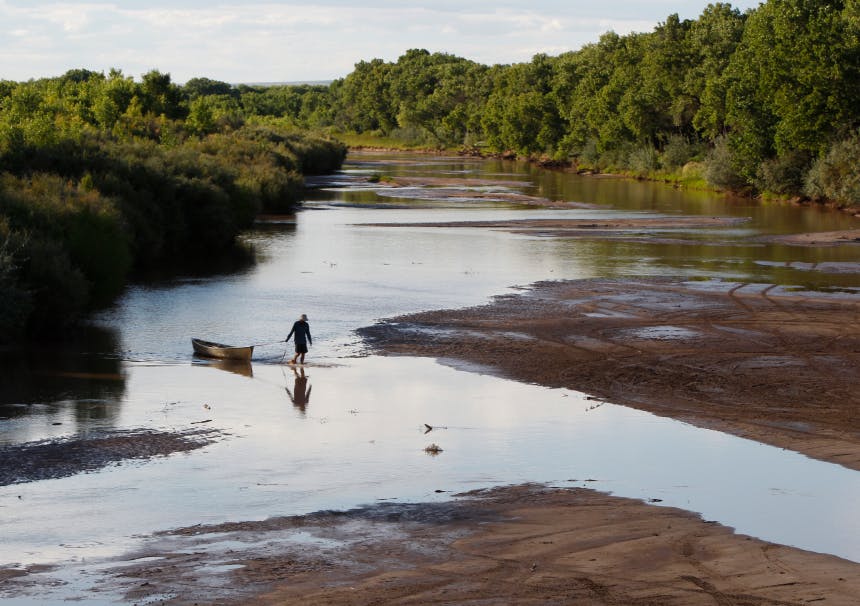
I found that those changes were small compared to the transition the river has made over the last century.
THE RIO GRANDE REFLECTS THE VALUES OF THOSE WHO CONTROL IT. OVER THE LAST 100 YEARS, THOSE VALUES HAVE BEEN TO MAXIMIZE THE BENEFIT OF AGRICULTURE AND CITIES.
In 1910, construction was started on dams for the Rio Grande Reservoir in Colorado and the Elephant Butte Reservoir in New Mexico. By then, the battles lines were established. Those in power would take as much water as they could as fast as they could before anyone else did. Every major flood and drought since then resulted in more dams and levees being built to control the river. It was the legal ideals of rainy old England and the skills of civil engineers applied to a desert river.
The proven water management strategy practiced by Spanish settlers for hundreds of years and by the Pueblos for a thousand years or more—to build out of the floodplain and share both the scarcity of dry years and the overabundance of the wet—was ignored. The water rights those long-time residents and communities should have received under the English tradition of the law were also put aside.
The result: I walked with no need for a boat for more than a third of the journey. I followed a broken river caught between trying to meet 19th-century ideals with 20th-century infrastructure while facing the demands of the 21st century.
I FOLLOWED A BROKEN RIVER CAUGHT BETWEEN TRYING TO MEET 19TH-CENTURY IDEALS WITH 20TH-CENTURY INFRASTRUCTURE, WHILE FACING THE DEMANDS OF THE 21ST CENTURY.
The classic Class V rapids of the Rio Grande Gorge in New Mexico? They only exist in the rare spring with a heavy snowmelt, when Colorado is behind on its federally mandated water deliveries. Eels the size of your arm swimming upstream of El Paso? Gone. The cottonwoods are mostly relics from a time before dams, or planting by hand.
In exchange, the best pecan orchards in the world are in Southern New Mexico. The best seed potato plots are in Colorado. Albuquerque and El Paso have not had a life-threatening flood in generations.
Yet still, the river carries on. It has carved through mountain ranges. The reservoirs are filling with sediment. Farmers are talking about the need to protect river health and endangered species. Pueblos are working with their own engineers to restore the floodplains and move communities out of the river’s way. Cities are restoring aquifers, wetlands, and forests to protect water supplies for future generations.
More than anything, the Pueblos are taking a long view. I asked the elders for permission to travel the river through their sovereign land: getting arrested for trespassing was a real concern. They took great pride in having outlasted the governments of Spain, France, and Mexico. And they had 500-year plans for restoring the river, bringing back native species, and protecting sacred springs.
A new Rio Grande is emerging. The lifeline of the Southwest will continue.”
